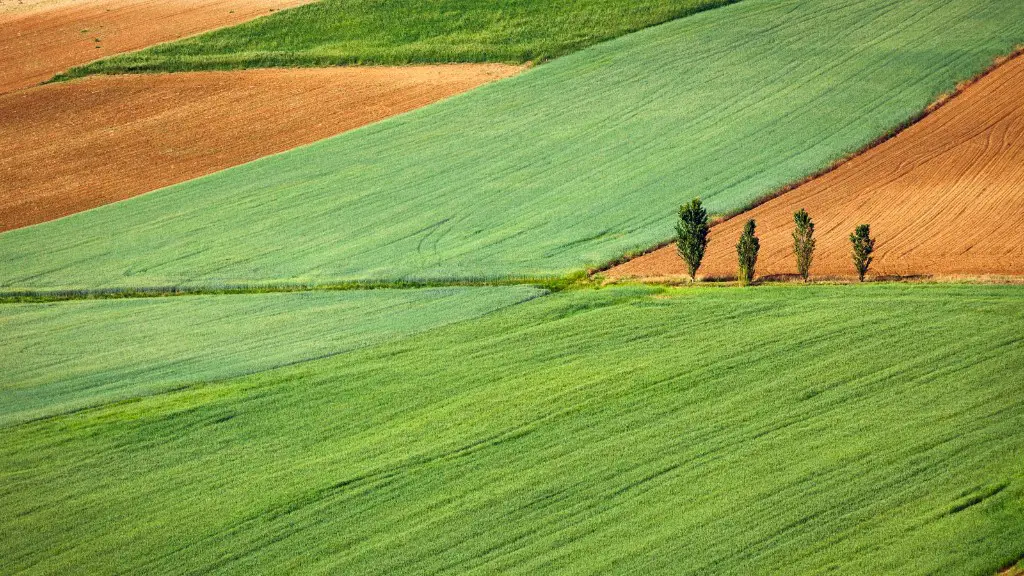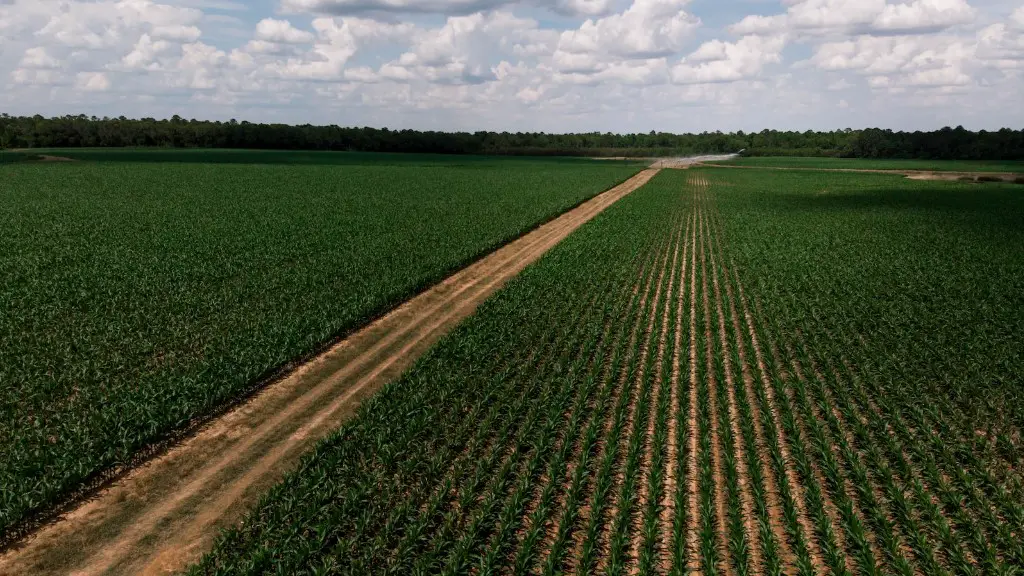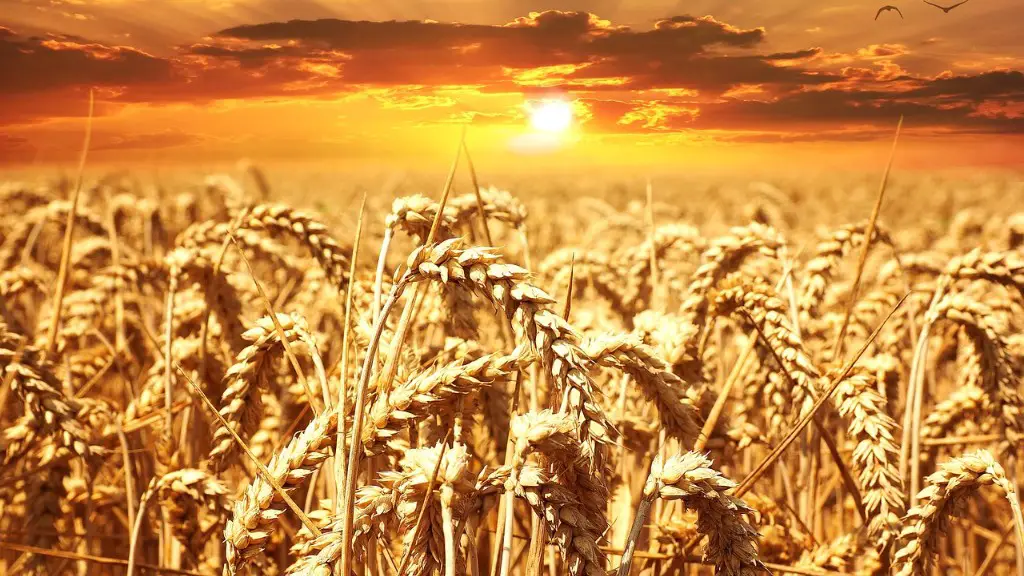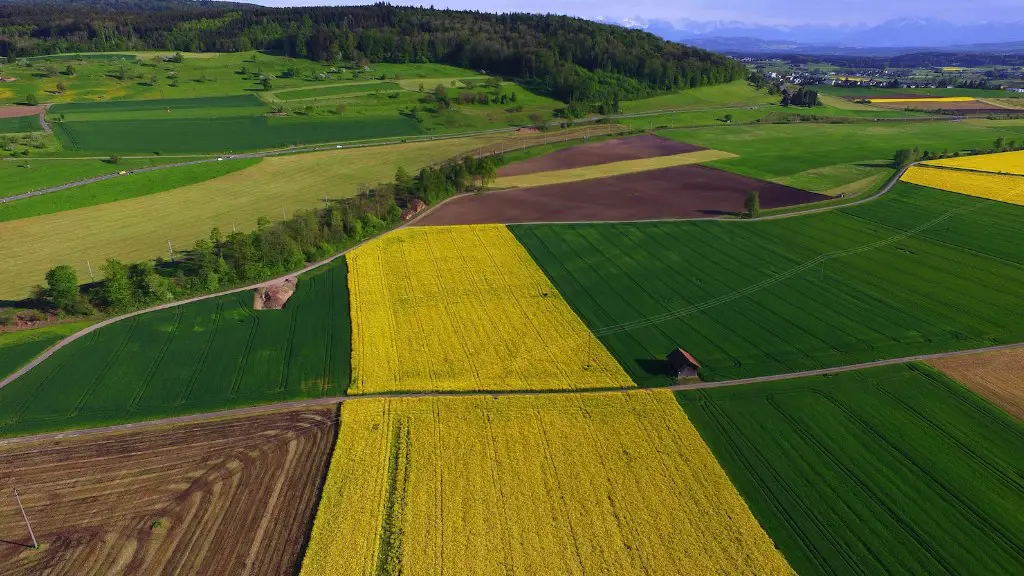Seasonal agriculture refers to the practice of growing and harvesting crops during a specific period – usually determined naturally by the changing temperatures, availability of water, and the seasonal climatic conditions – in order to maximize the yield and produce, and receive maximum financial benefit from the harvest.
The practice requires farmers, and agricultural personnel, to take advantage of the naturally occurring favourable growing conditions and to optimize their plans accordingly. The practices vary across different climates, including temperature ranges, sun-hours, and other environmental conditions, under which crops can grow in order to receive maximum output. Weather and environmental factors that affect the growth of crops must be carefully observed and the farming activities must not only be planned and conducted, but also tracked to measure the progress.
Seasonal agriculture also involves applying practices that optimize the natural resources available, such as crop rotation, proper irrigation, and pest control, to ensure healthy growth and increase the quality of the produce. For example, crop rotation involves planting different types of crops in various areas in order to reduce soil degradation and improve fertility, as a result of the difference in nutrient needs. Therefore, farmers must select and plan for the best suited crop rotation plan.
In addition, the process requires making the most out of limited financial resources and planning for the best way to optimize production, considering the resources available. This is done through proper selection and usage of agricultural materials/seeds, fertilizers, and proper management of resources in order to get the most out of them and reduce wastage.
To maximize the profit, seasonal agriculture makes use of various marketing strategies to ensure timely sale of the produce. These market-oriented practices may include extending crop storage duration, or seeking ways in which to find new or even international markets. This practice takes into consideration fluctuations in the demand and prices of agricultural products.
Organizational and managerial policies are also important in the process, as they ensure that cost is minimized and the overall returns are maximized. This includes sorting, arranging, and preparing the produce, as well as other related activities, while ensuring that the quality of the product is improved.
In today’s world, technological advancement has become an important factor in increasing agricultural productivity. Technologies such as precision farming, robotics, farm sensors, drones, and others, have enabled farmers to not only optimize the crop production but also track the process, analyze data and make strategic decisions.
Precision Farming
Precision farming is the use of technology to optimize the performance of crops, field by field. It involves analyzing the data of each field for factors such as soil pH, fertility, weather, and to determine the best practices for each field, taking into consideration the specifics of local environment. This practice enables the farmer to increase the yields and the quality of the produces while minimizing the costs, by using the necessary machinery, fertilizers, and other resources.
Precision farming is done by obtaining, analyzing and organizing data, of each field or the entire farmland, through satellite-based imagery, electromagnetic surveys, soil sampling, and other practices. The data obtained is then used to generate detailed maps to identify areas with factors that require attention. This technology enables farmers to plan, monitor, and manage their agricultural activities more efficiently, adjust and optimize them according to the microclimatic conditions.
Equipment such as drones, autonomous tractors, and other robotic systems can be used to apply the methods of precision farming, as they are capable of performing activities such as planting, cultivating, irrigating, and pest control, so that the resources used in the farming operations are optimized.
The use of precision farming technologies has been increasing in recent years, as these technologies enable farmers to maximize their yields and ensure consistent quality of the produces. This practice has enabled farmers to reduce costs, identify and fix deficiencies in the soil and weather conditions, reduce the use of chemicals and optimize usage of the natural resources.
The advantages of this practice are vast, from reducing the costs of farming operations to minimizing the environmental impact, and from improving the quality of crops to ensuring a better and consistent yield.
Irrigation
Irrigation is another important factor to consider in seasonal agriculture. It is the practice of artificially providing water to crops and plants, in order to meet their water needs – which can be scarce in some areas, or insufficient during the growth cycle of the crops. This practice helps to balance the different factors that a farmer must consider, such as type of soil and its composition, climatic conditions such as precipitation, temperature and wind, and the type of plant/crop in question, before deciding the amount of water needed to optimize its yield.
To do so, irrigation technologies are used to adequately measure the amount of water needed by the planted crop and to help the farmers monitor the consumption. Water assistance can be provided through pumps, sprinklers, trenches, and other systems, and their implementations must be prioritized according to the need of the crop and the environmental conditions.
For instance, in certain areas with bigger demand for water supply, drip irrigation systems are preferred since they deliver water directly to the root zone of the crops, minimizing evaporation and wastage, and allowing for more water conservation than traditional methods. On the other hand, in areas with limited supply of water, methods such as flood irrigation provide a more economic and efficient solution.
Aside from the technological considerations of the issue, policies and regulations governing the usage of water in agricultural practices must also be taken into account. Seasonal agriculture requires the planning of water supply for irrigation, in accordance with the local weather conditions, governing policies, and with the objective of optimizing the production.
Irrespective of the amount of water received through precipitation, or the amount of water available in rivers or groundwater, the usage of irrigation techniques allows farmers to maintain optimum yields throughout the year and use natural water resources efficiently.
Crop Rotation
Crop rotation practices involve planting different types of crops in a single field over the course of several growing cycles. This practice seeks to maintain soil fertility, without resorting to artificial nutrient supplements and to ensure healthy, high-yielding crops.
In this practice, the crop rotation cycle is defined such that, a particular field is devoted to a type of crop for a season, and then rotated to grow a different crop the following season. The combination of crops grown in the cycle determines the nutrient needs of the crops, thus ensuring soil fertility and adequate water retention. In each rotation cycle, usually three to four different crops are planted.
Nevertheless, it is important to consider the specific requirements, yield and pest susceptibility of each crop, and to properly match them with the availability of nutrients, soil and moisture conditions when planning the crop rotation pattern. In order to be successful, crop rotation should be planned, and tracked, diligently over long period of times.
Crop rotation is also advantageous when dealing with pest control as certain pests are host or plant specific, or have certain crops as their preferred targets, thus with crop rotation, the pest assault is minimized.
The practice of crop rotation is also beneficial in terms of financial considerations, as the output of each crop cycle slightly differs in terms of market value. This enables farmers to take advantage of the changing market prices of agricultural products by changing the crop in a rotational sequence, as opposed to consistently growing a single crop.
Pest Control
Pest control is also an important factor to consider in seasonal agriculture. Pest infestations can not only harm the quality of the products, but also cause significant damage to the entire crop production. Consequently, pest control is essential in order to ensure healthy and high quality products.
Crop rotation is one method to control pests, however, chemical-based methods are also commonly used as they are efficient, cost-effective and easy to manage. These include insecticides, weedicides, and fungicides that are generally sprayed over crops to protect them from insects and other pests. Nevertheless, these practices should be monitored and managed with the utmost care, since a wrong and/or excessive application of the chemicals can be potentially hazardous to the health of the crops and, in some cases, even to the environment.
Apart from chemical-based methods, biocontrol practices are becoming increasingly popular, as they are safer, more cost-effective and cause minimal damage to the environment. These practices involve the use of natural deterrents, such as insects and other organisms, to bring the pest population under control, while minimizing any adverse effect on the environment and the crops.
Pest control is an important factor in seasonal agriculture, as the changing environmental conditions and the different agricultural practices require certain measures to ensure the health and quality of the produces. Chemical as well as biocontrol mechanisms can be used in order to keep the pest population in check and maintain a healthy crop production.
Storage & Preservation
Providing the proper storage and preservation of the produce, before and after its harvest, is also an important step in seasonal agriculture. This practice is essential in order to keep the produce in the best condition, and maintain its quality for the consumers. This ensures a smooth transition from the production to the market, and that the farmers receive the highest financial return from their harvest.
Storage of farm produce should take into consideration several factors, such as the proper ventilation/air-conditioning, temperature, and humidity levels required by each type of produce, in order to ensure its shelf life and quality. Appropriate containers for packing should be selected for the produce, taking into account its specific requirements, to ensure its safe and secure transportation.
Moreover, the storage of the produce may also include certain preservative practices, such as sanitation, sorting and packing, and salting or sun-drying, which prevent contamination and deterioration of the commodity over a long period of storage. These practices should be ensured in order to protect the produce from any potential physical, chemical, and biological contamination, and to maintain its quality, even during prolonged storage.
In this manner, proper storage and preservation of the produces, prior to their sale and consumption, is essential to maintain the quality of the commodities, and to ensure the farmers receive best possible financial return from the harvest.
Marketing & Selling Strategies
After the harvest, the producers must market and sell their products in order to generate revenue. To do so, various strategies can be used, such as increasing the crop storage duration, finding new markets, or entering into an agreement with the local farmers’ cooperative. These strategies may also involve identifying new channels for marketing the produce.
For instance, the products that are not suitable for sale in the traditional market, such as those that are low in quality, can be sold through alternative channels using different marketing techniques. For example, they can be sold through wholesale outlets or processed further – such as packaging or canning – and then sold in the retail market.
Moreover, farmers may also look for new markets, either domestic or international, to sell their produce, which can increase their reach and expand the potential customer base. Additionally, farmers may enter into agreements or partnerships with local or foreign companies to share resources, costs, and profits to increase their returns.
It is essential to keep in mind that market conditions for a particular crop may fluctuate and that the agricultural policies of the country in which the produce is being sold must also be taken into account, before planning the marketing and sales strategy. Here, the concept of supply and demand must be adequately determined and adjusted accordingly.
Overall, it is important for farmers to consider various marketing and selling strategies to maximize their returns from the season’s harvest. This would help them adjust to the changing market conditions and help them receive the best possible returns for their products.





